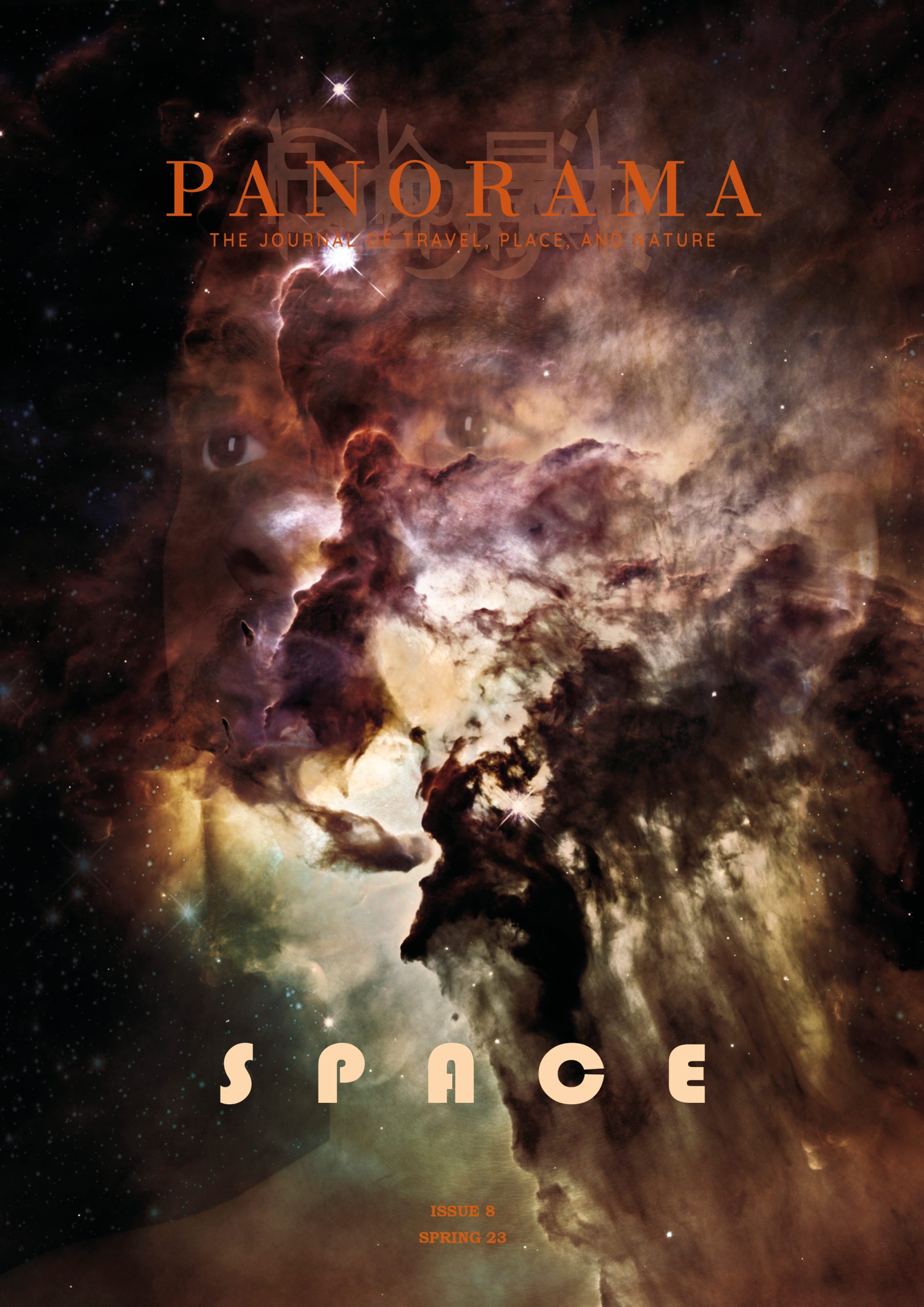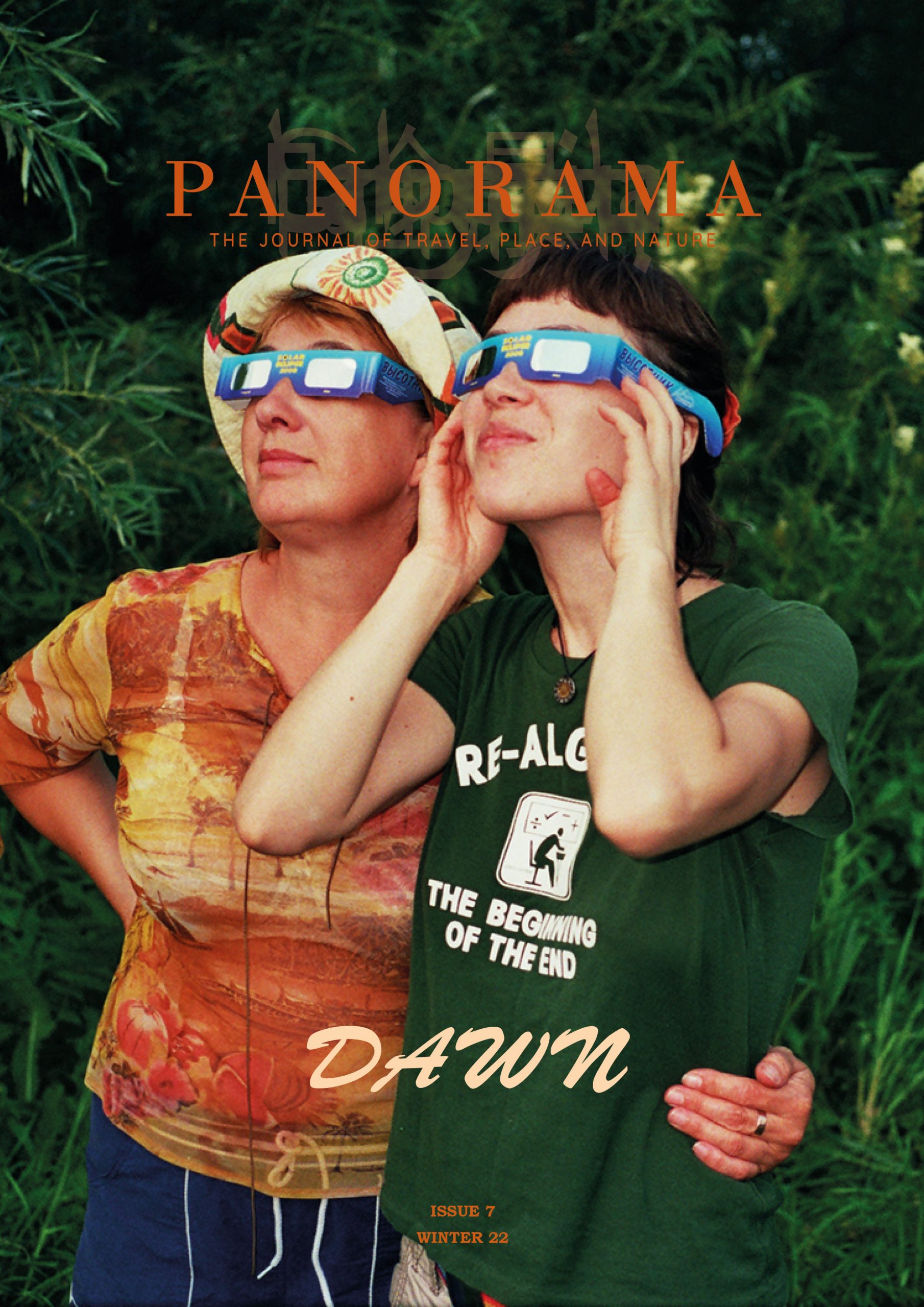East London reminds me of the ingredients of a casserole, different elements in the pot with some of them blending quickly while the others take a bit more time, and some remaining individual separate pieces.
For more than twenty years, I have lived here, laughed here and cried here.
With family and friends who also call East London home, we stood in the streets and remembered those who had died in the 7/7 bombings. Just the day before, we had laughed with David Beckham and Prince William because London had been awarded the bid to host the 2012 Olympic games in Stratford.
I remember when the Docklands was just miles of derelict swamp and wasteland dotted with 1930s style two and three bed flats, interspersed with the odd WW2 ruin. My first job, in the mid-nineties, was working as a clerical clerk in a company occupying an office in the tallest building at Canary Wharf at the time, The North Colonnade. Typing away, I had a bird’s eye view of what was going to become an important part of commercial London. I would sit there and dream of the time I would write my first book; the characters flirted around my subconscious begging me to tell their stories, but their timing wasn’t right. They needed time to grow. I needed time to grow.
The Millennium ushered in a new wave of development in the East End. Upton Park, apart from being the former home of West Ham United Stadium, is also where I used to buy fruit and vegetables. Pubs and pie and eel shops which once heaved with West Ham supporters have now been converted into boutiques, shops and hairdressers.
In the market down the road from the station, eager shoppers cut past multi-coloured swathes of silk and chiffon scarfs and heavily embellished abayas and join the crowds that jostle side by side to buy groceries, poultry and meat. A fishmonger stands outside his shop asking people to come in to buy his fresh fish for less than five pounds. I pick my way through the market avoiding the puddles from the ice running in trickles from the vendors’ tables. Do you know that in this market you can get your hair done, buy an evening gown for under £25 pounds and a pair of shoes for less than that? I have learnt that if you are trying to keep to a budget, it is an excellent place to buy fresh fruit and vegetables for a fraction of what you would pay in the big shops fifteen minutes away in Stratford.
In recent years, the dreary monotone of post war council flats and houses has been pushed aside to make way for the gloss of high rise buildings and designer stores. During the run up to the 2012 Olympics there was a great push to prepare the East End for the world. Like a neglected bride it had lost its appeal and needed lots of make-up and an elaborate dressing up.
Westfield shopping centre is the tiara centrepiece; it has a cyclopaedia of high-end designer shops, high-end restaurants and eateries, commercial houses and offices. They share the space with some bargain outlets where I see the young in faux designer gear. Many of them mere teenagers hanging around the shops trying to be cool but ending up looking stroppy and bored, pushing wide-eyed babies in buggies. Children in adult bodies trying to survive in a world where the rules change every beat of a second.
London is a town of contrasts. New Stratford, full of yuppies and foreign investors buying a piece of concrete city, while the local disaffected youth distract themselves by spending what they don’t have or just hanging around in a post-Brexit Westfield.
I have watched as Old Stratford struggles to make itself heard as places of worship, Internet cafes and coffee shops take over from three generations of groceries and fishmongers. Young professionals from the European Community or broader Commonwealth boosting up the declining population due to lack of teachers, nurses and social workers. Tall buildings for commercial and rental use are creeping up on every square inch of space, enough of them to induce vertigo.
Barking, East Ham and Dagenham high streets are a faded hint of an England that once existed. I pop into a charity shop and listen to one of the workers speaking in a wistful tone about the way things used to be and how the country had gone to the proverbial dogs. White haired and weathered face, I could hear the fear that was behind her laugh as she talked about her feelings about England after Brexit and how it would affect her children and grandchildren.
I try to put myself in her shoes as I watch a country that often celebrates its pre-WW1 and WW2 lush green and pleasant glory, that it has exported for centuries in prose and film, and struggle to absorb the changing face of Britain as the great grandchildren of its commonwealth come of age.
First, second and third generations have heard this narrative for years. Once it was just background chatter or relegated to social media or certain media outlets; the fears behind the coming ‘deluge, hoard’ coming to ‘swamp’ our small island. Yet after Brexit the tone changed and became more strident and some people began to take it on and it became a mantra.
For the first time in the more than thirty years I have spent in this country of my birth, I could feel the tension and the unease on the streets, between families that had made this place their home for decades and it was unsettling. Like a passing storm it gathered to cause damage but dissipated into the air but not without leaving some clouds that still hang in the air, just as a reminder that anything can change. All it takes is an election, or a terror attack and the headlines in the papers start looking like we have stepped back fifty years.
Just at the bottom of my street there are some posh looking flats disdainfully towering over the old estates smouldering away into sin-bins of crime. I see the kebab shop, the Chinese take-away, the African grocery shop; a reminder of the new lives that had come to the East End, looking for a new home. I wonder whether they will ever find what they had come here looking for because it probably never existed except in their imaginations and in episodes of Downton Abbey and Mr Bean.
Meanwhile, East End still reminds me of the cheery markets of Whitechapel, Bethnal Green and Barking. The cool Britannia of Shoreditch and Stoke Newington and the Biegel Bake Bakery that keeps churning out the most delicious challah bread and cakes. A couple of times in the year there is an African pop-up market in Brick Lane where you can buy anything from bold African print outfits and accessories to Jollof rice and plantain. Shea butter in cute little jars that remind me of the ones sold at the back of Tejuosho market in Lagos.
London, my London, is a town of contrasts. East London also has places of natural beauty – the Stratford Games Park, Wanstead, Gants Hill, Debden, South Woodford, Epping Forest and Roding Valley – even the names conjure up an image of blue skies and wide limitless space, something not otherwise in abundance in London. The next time it is sunny I intend to take a leisurely walk down the footpath that leads from Hackney Marshes to the Games Park and think about the characters for my book.
One of the many things I love about East London is that it reminds me of just anywhere in the world I want to be. Pre- or post-Brexit, nothing is ever going to change the way it feels, the way it tastes and sounds. It’s got a vibe and a beat to it that’s uniquely and unapologetically East London. My London.











